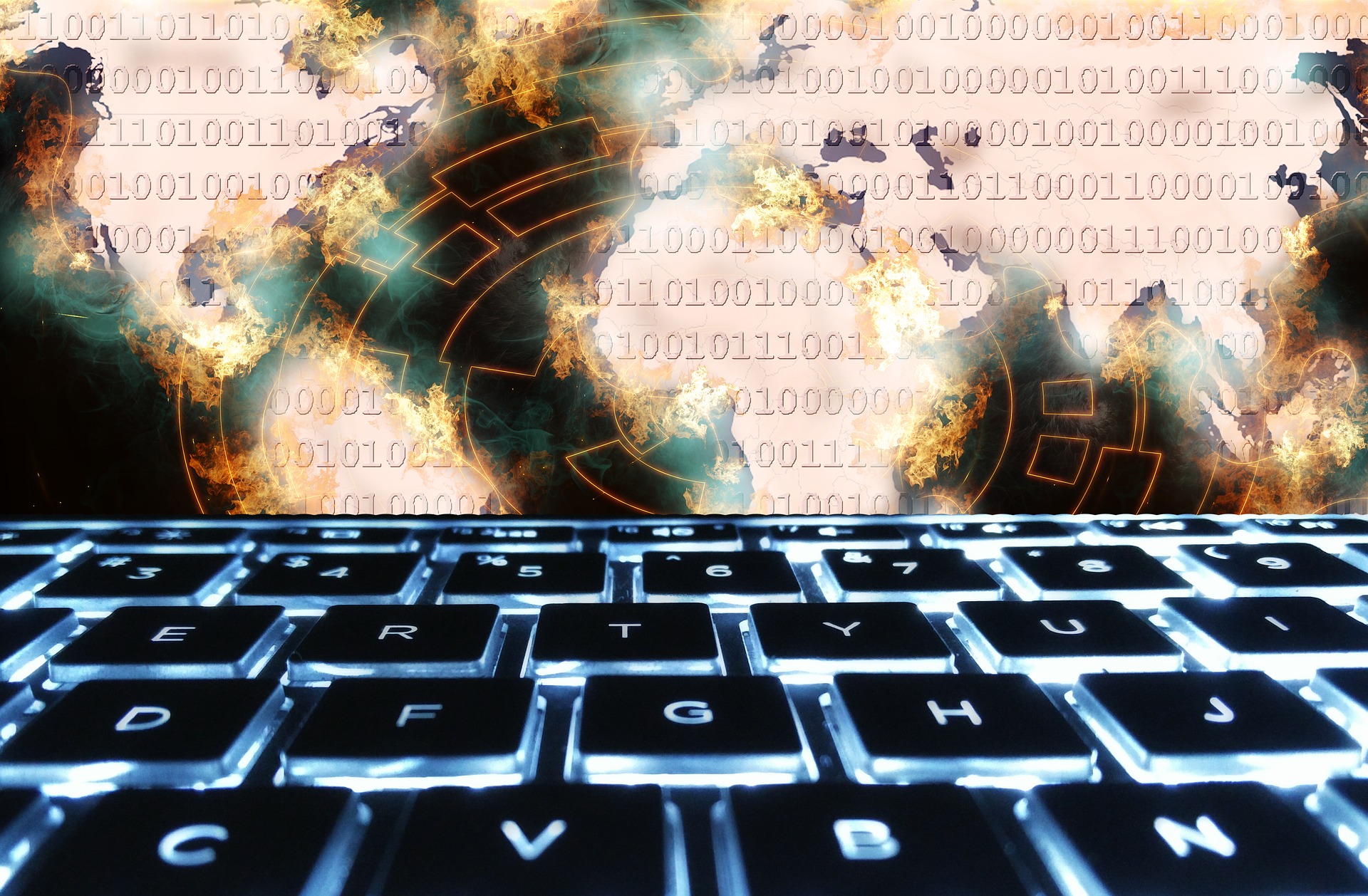WannaCry Ransomware: A Great Cyber-Plague Has Struck the World
Another action movie involving hackers has occurred within the past ten days. And it hasn’t finished yet.
The stage – the whole world.
The villains – anonymous hackers who wanted to earn some money by breaking into computers via a Trojan that will be remembered by the name of “WannaCry” or “WannaCrypt”.
The evil plan – using the Server Message Block (SMB) vulnerability which was present in Microsoft Windows’ older versions. Infecting computers with a Trojan which locks and encrypts all their data, so the users cannot access them. Demanding a ransom of $300 in Bitcoin, which allegedly rises to $600 after a week. The victim who refuses to pay the ransom risks having all of their data permanently erased. (If you aren’t familiar with ransomware attacks, check out our blog post about eight most common security threats.)
The helpers – USA’s National Security Agency (NSA). It seems that they were aware of the vulnerability but failed, or simply didn’t want to inform the public. Speculations go further – maybe they even used this exploit for their own purposes. In fact, a group of hackers called The Shadow Brokers leaked this information. Paradoxically, it was the hackers who informed Microsoft to make a patch for this security hole.
Victims – 220 thousand computers within the first 48 hours of attack; among them organizations such as UK’s National Health Service, Deutsche Bahn, Renault and Dacia Automobile, Russian Ministry of Internal Affairs, Romanian Ministry of Foreign Affairs, Russian Railways, to mention just a few.
The hero – a 22-year old guy who stopped the attack from spreading further, and he did it by accident. He found a domain name in the ransomware’s code and registered it, only to find out that it was precisely the switch that stops the virus. (However, the attackers quickly invented a new version that was immune to this cure.)
Epilog – we don’t know it yet.
By all accounts, Microsoft was not to blame for this. They issued a security update two months ago, addressing this very vulnerability. So, Windows 10 users didn’t get disturbed from their sleep. Only the computers running older versions of Windows were struck.
But hey! It isn’t “only”. It’s amazing how many people are reluctant to forsake their old ways by upgrading their software. There are still millions of users (around 7 percent, according to NetMarketShare.com) who don’t want to abandon their Windows XPs.
This is quite unbelievable, since Windows officially stopped supporting XP three years ago, and introduced free migration tools to move on to the newer versions of the operating system. Home users often don’t do it out of mere laziness. Organizations, on the other hand, don’t do it because it’s very expensive and time-consuming and because it demands so many additional software adaptations.
However, people who use Windows XP were not the predominant part of the affected population. According to Kaspersky Lab, 98 percent of all the victims actually used Windows 7. Those who upgraded it to Windows 10 for free now have at least one big reason for gloating.
Again, it’s about updating your system and/or using the version that is being supported.
Also, it’s about failing to perform backups on a regular basis – both online and offline.
If you haven’t patched your operating system, do it right away and install it from Microsoft’s official source.

